Key Takeaways
- Alefgard in DQ3 Remake is a nod to the original Dragon Quest game, with updated visuals and nostalgic artifacts.
- DQ3 Remake ties directly to DQ11 post-credits scene, revealing the Hero’s mother’s connection to the Luminary.
- Game references real-world tales like Romeo and Juliet and Tristan and Iseult, showcasing rich narratives in side quests.
More than three decades after its debut on the Nintendo Entertainment System, Dragon Quest 3 Remake updated the story of the Hero, and, similar to the original version, it also has plenty of Easter eggs and hidden secrets sprinkled throughout.
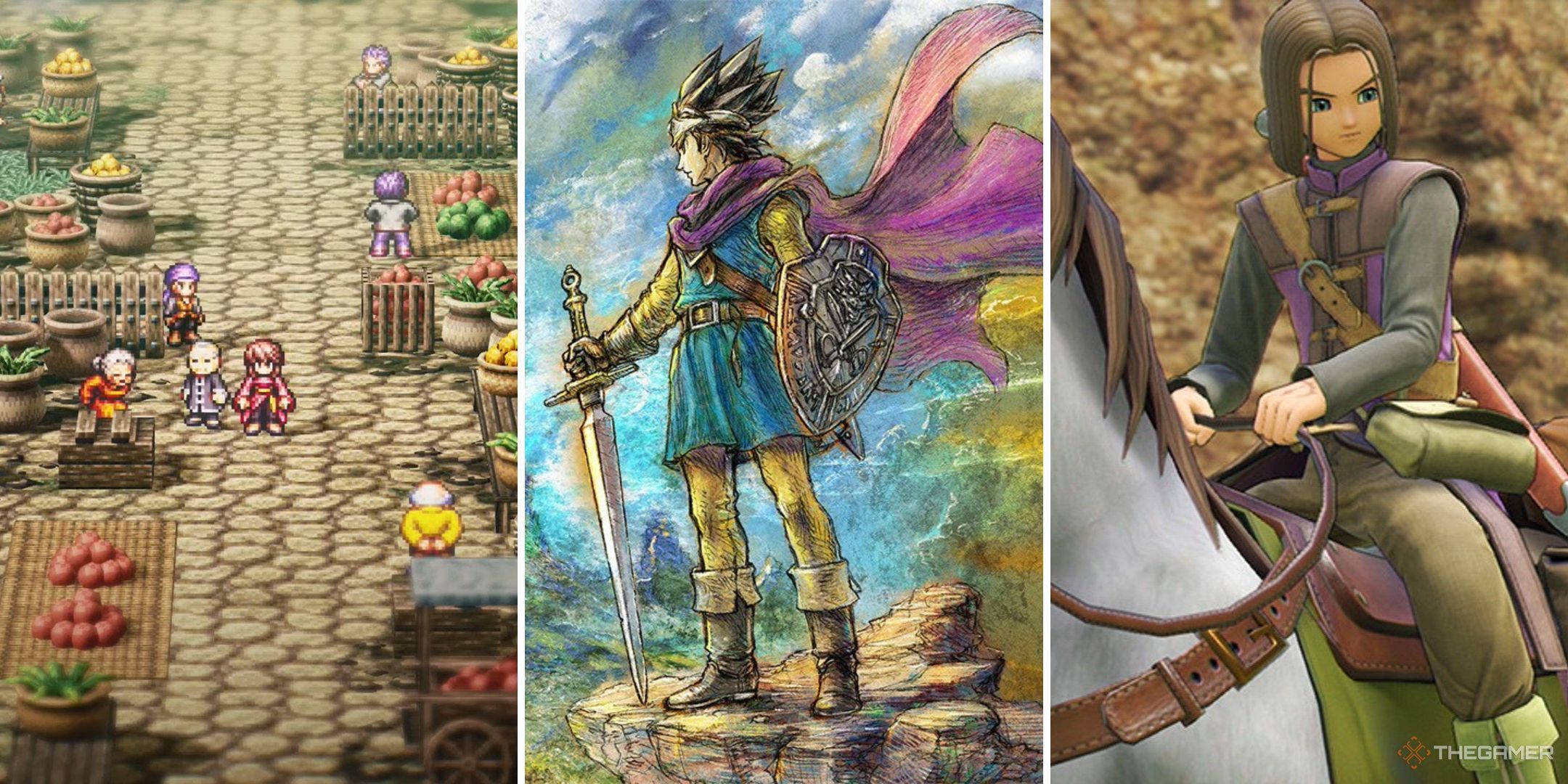
Related
8 Games To Play If You Like Dragon Quest 3 Remake
If you like DQ3 Remake, there are plenty of other RPGs for you to try.
However, if you are a veteran Dragon Quest enthusiast, there are some standout references, and one makes the series lore even deeper and more enjoyable.
8 The Dark World Of Alefgard
Although the Dark World is a mandatory area in Dragon Quest 3 Remake, newcomers to the series may not understand the significance that it had even before the original title came out. The Underworld is actually Alefgard, which is the setting where the first Dragon Quest game took place.
You will notice some major differences in Alefgard’s appearance from the original 1986 game, but the area comes with even more nostalgic value when the Hero has to collect artifacts that were featured in the first Dragon Quest game.
7 The Direct Connection To Dragon Quest 11
If you have fully completed Dragon Quest 11, which means playing through the post-credit content as well, you probably remember a woman reading a book, putting it back on her bookshelf, and waking up a child. Dragon Quest 3 Remake picks up directly after that, as, although it serves as a prequel to the original two gamesin the series, its narrative is a sequel to 11.
Early in Dragon Quest 3 Remake, you will come across a bookshelf that has many books placed on it, but two stand out as the most vibrant, and a painting of Yggdrasil, a tree that has been showing up in almost every game in the series.
One of these books features the tale of the Luminary, showing that the woman from the post-credits scene in Dragon Quest 11 is actually the mother of Dragon Quest 3 Remake’s Hero, the child who she wakes up.
6 The Romeo And Juliet Reference
Although the main storyline in Dragon Quest 3 Remake is quite compelling, the game also features some side quests with rich narratives and references to works from the real world.
One such side quest, revolving around Dreamstone, can be found in the cursed town of Norvik, where the Hero gets to know about two lovers whose circumstances did not allow them to live their lives together, leading them to take their own lives by drowning themselves in the Underground Lake.

Related
Dragon Quest 3 Remake: Most Important Attributes For Each Vocation
Outfit each vocation with the best attributes available to them using this guide.
The tragic tale is reminiscent of arguably William Shakespeare’s most iconic play, Romeo and Juliet, but instead of the lovers belonging to two different houses, they belong to completely different races in Dragon Quest 3 Remake: humans and faeries.
5 The Tale Of Tristan And Iseult
You’ll come across a variety of items that pay homage to several classic literary pieces when put together and thought of in the same context. One such instance of this is on an island around Edina, where you will find some items that reference the 12th-century Celtic tale of Tristan and Iseult, two lovers who found themselves in a forbidden adulterous relationship.
While playing you will find the ring that Tristan gave to Iseult as a token of his love, a robe and tiara that the princess used to wear, and a book called The Saddest Story Ever Told, bringing the tragic story back to life centuries after its debut.
4 The Return Of Lyre Of Ire
One of the many callbacks that Dragon Quest 3 Remake has to the first gameis an item called Lyre of Ire, a silver harp. However, unlike Dragon Quest, it is not necessary to acquire in Dragon Quest 3 Remake. If you are a completionist, head over to the town of Cantlin and get the item from a hidden room inside Galen’s House.
Galen is also a reference to the first Dragon Quest game, where Lyre of Ire used to be located inside a treasure chest in his grave, it is used to summon monsters in specific areas.
3 Puff-Puff From Dragon Ball
Dragon Ball creator Akira Toriyama was deeply involved in the Dragon Quest series as the lead artist ever since the first game was launched, so it was only natural for him to sprinkle some of the tropes he created into these games. One such inclusion, called Puff-puff, has been a Dragon Quest staple since its inception, and it’s used in a humorous way in Dragon Quest 3 Remake.
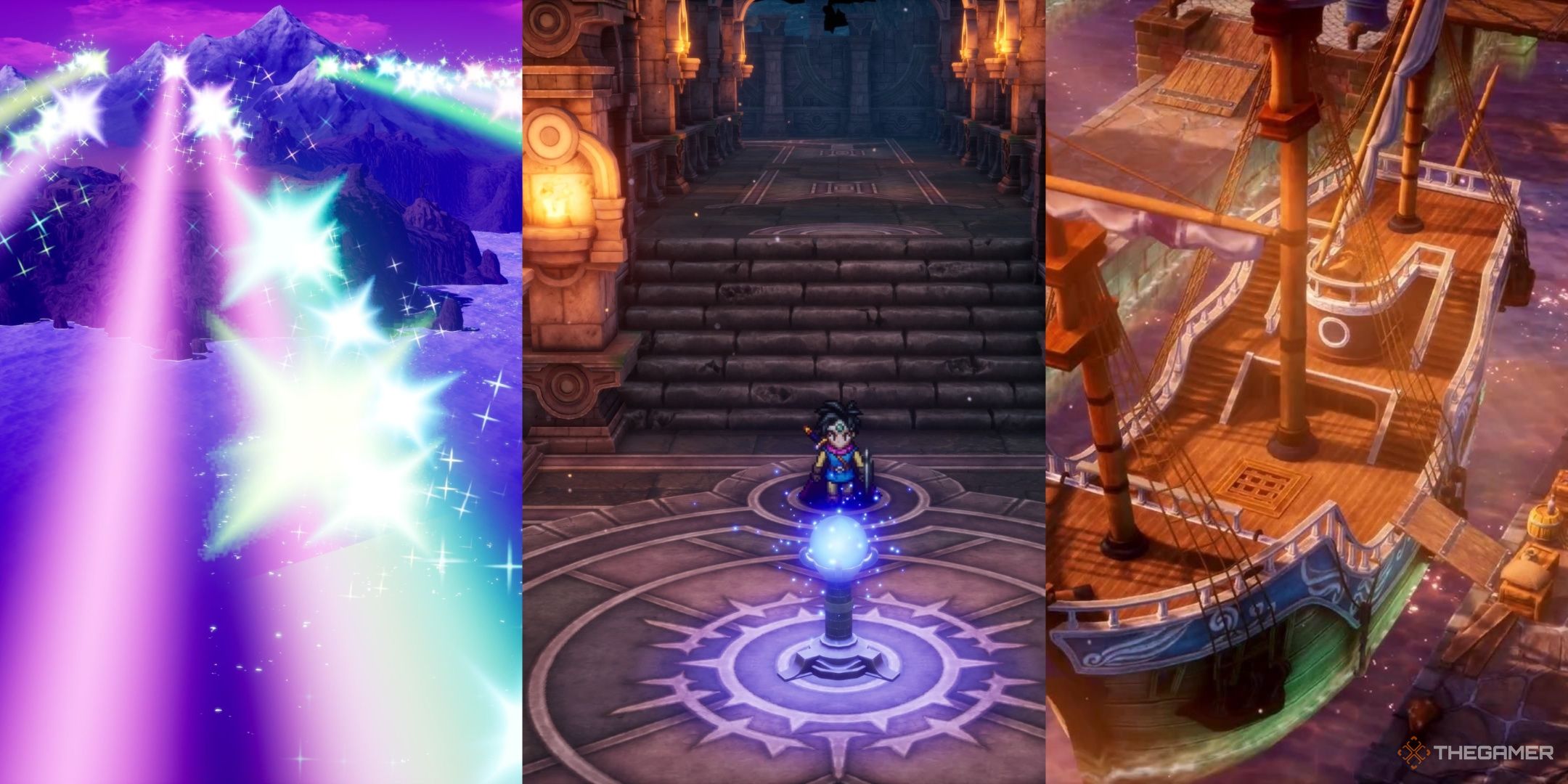
Related
Dragon Quest 3 Remake: Best Quest Order
DQ3 Remake is a pretty open-ended game. This is the best order to tackle it in.
Head over to the town of Asham with a male character as your main party member, and a dancer will offer a Puff-Puff session, although there’s a hilarious surprise waiting for you when the lights come back on.
2 A Wish-Granting Dragon
As part of Akira Toriyama’s contributions to Dragon Quest, the lead artist brought a version of Dragon Ball’s Shenron to Dragon Quest 3 as well, but this time, the prerequisite for having a wish granted is slightly different. Enter Xenlon, a post-game dungeon boss found in Cloudsgate Citadel who challenges your party and gives them the opportunity to defeat him in order to get your wish granted.
You can choose between multiple wish options, but one of these holds much more weight than the others simply because it allows the Hero to be reunited with an important individual who means a lot to them.
1 A Familiar Name Returns
Similar to how Dragon Quest 11 had a post-credit sequence that served as its true ending, Dragon Quest 3 Remake adds its own twist at the end of its credits as well, which is something that wasn’t present in the original title.
After the credits, the Dragon Queen passes away while giving birth, leaving her High Priest in charge of taking care of the newly born child.
Adding more depth to the Dragon Quest lore, the High Priest reveals that his name is Hargon, a cult leader and the antagonist from Dragon Quest 2, resulting in a stronger connection between the prequel and the first two games in the series.
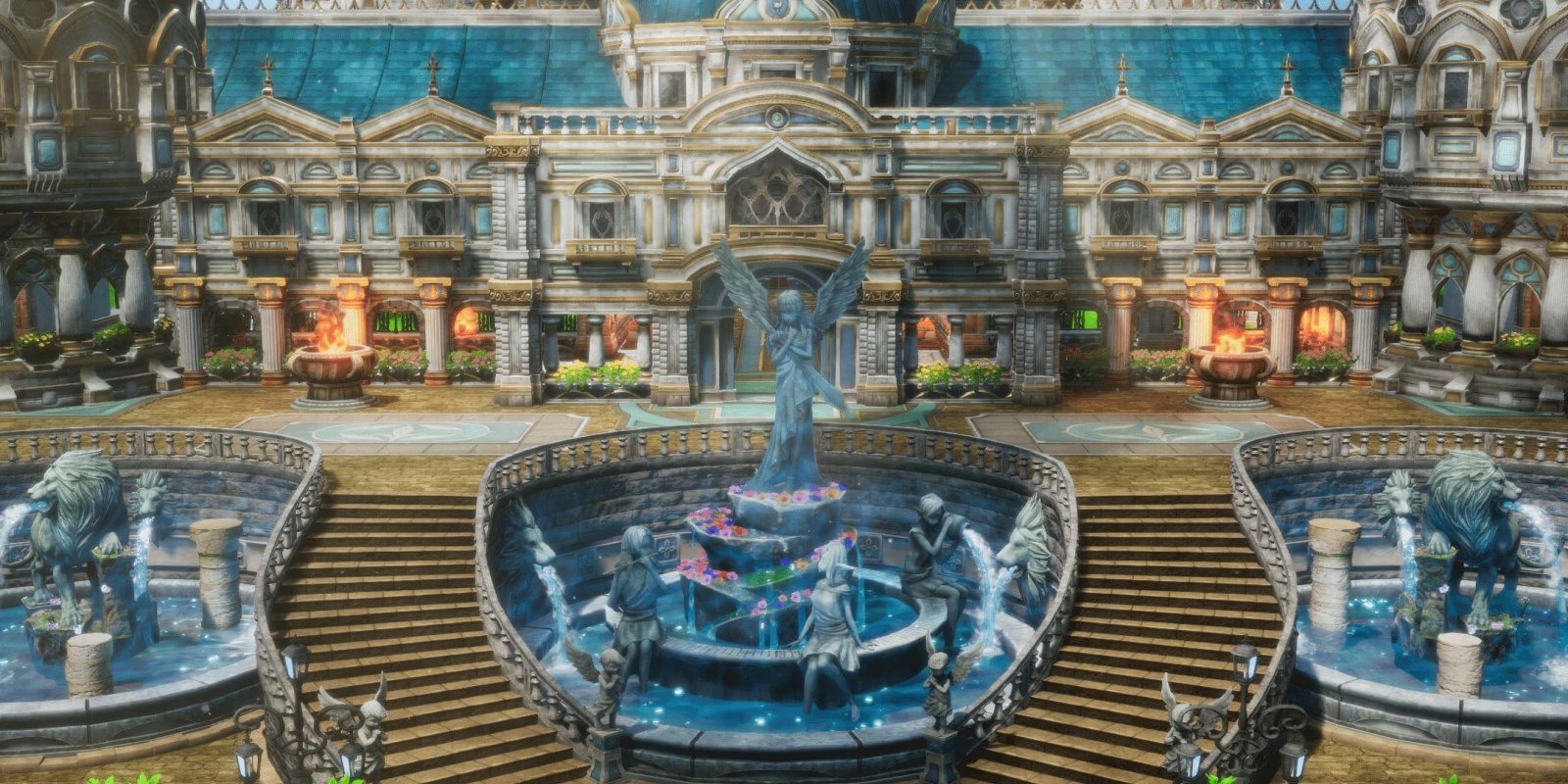
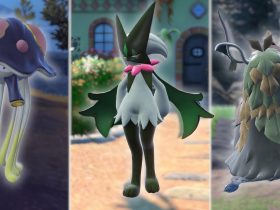
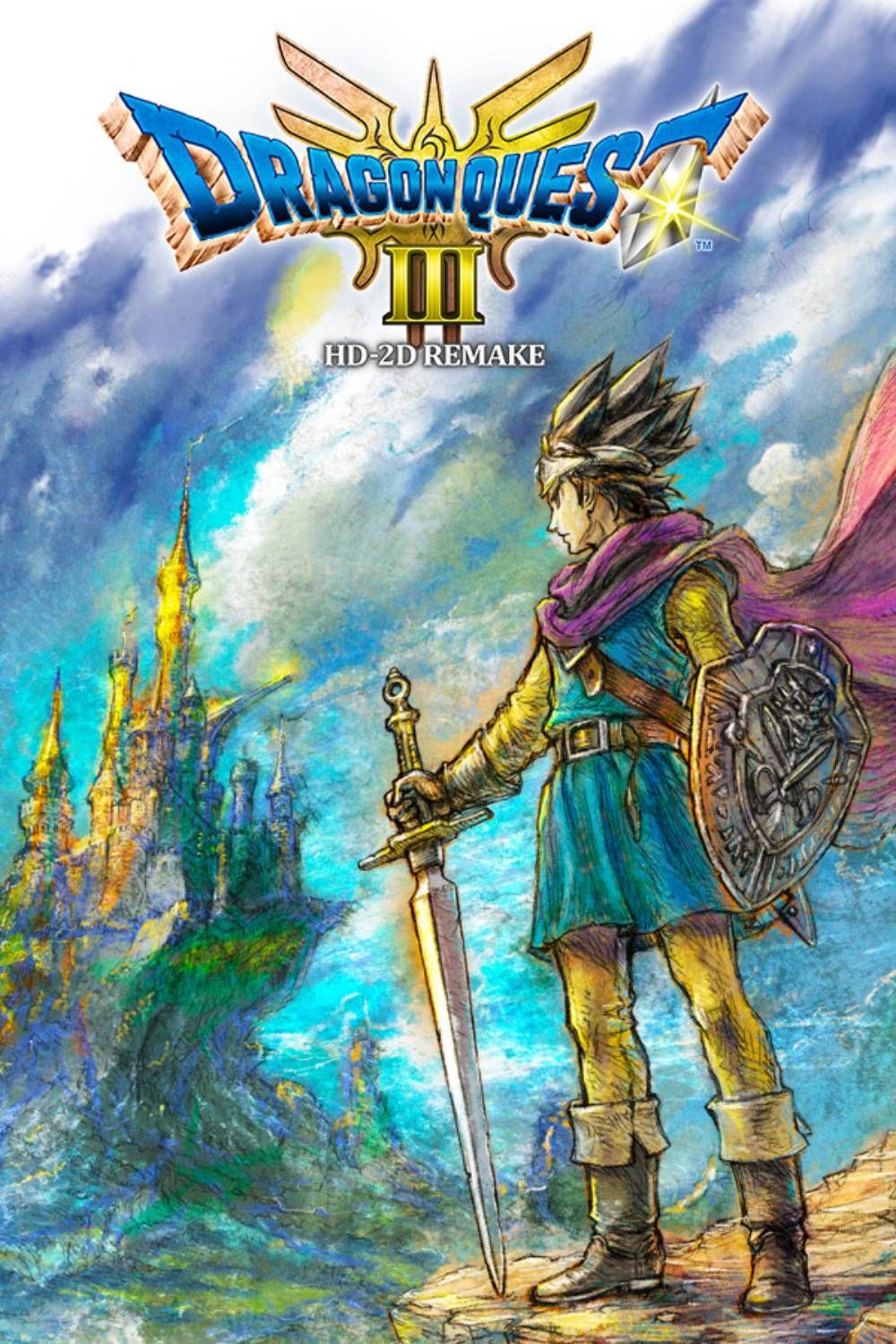
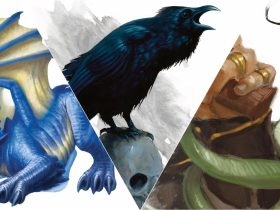



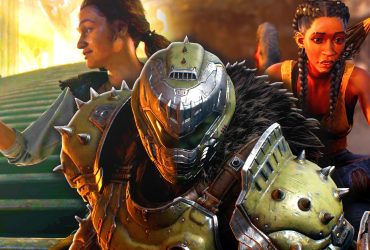

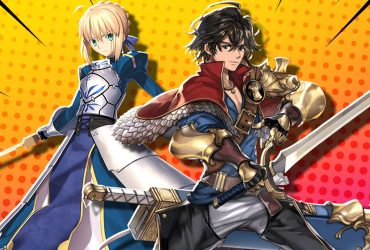

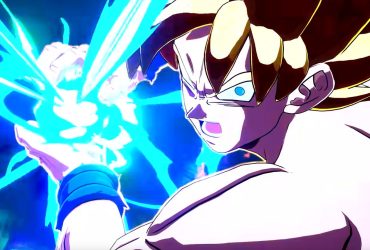

Leave a Reply